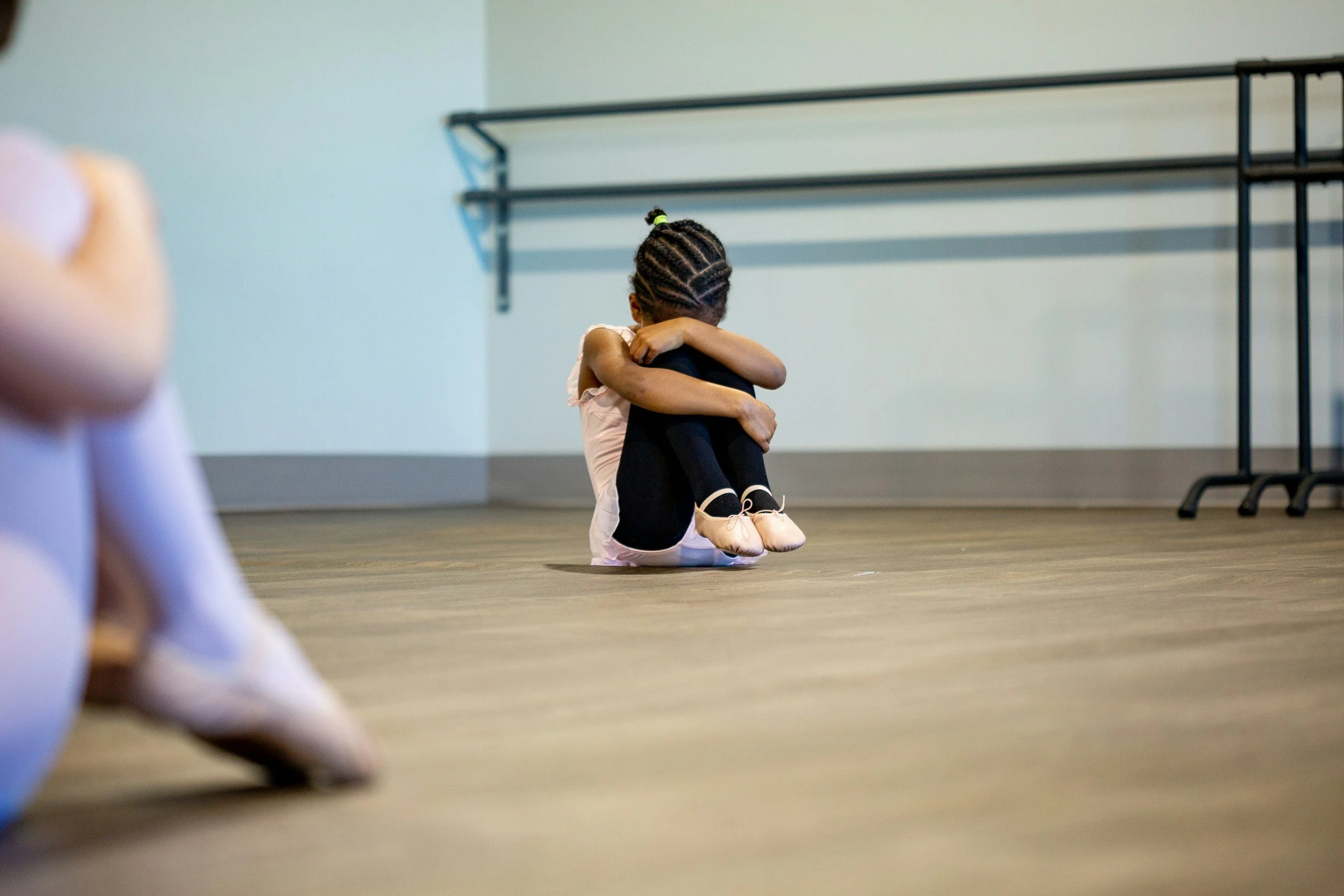Helping Children Cope with Anxiety
Supporting Emotional Growth and Resilience in Families
Elise is seven, bright-eyed, and kind-hearted. But every morning before school, her stomach starts to ache. She clings to her mom’s arm, tears forming as she whispers, “I don’t want to go.” Her parents reassure her that everything will be fine — and it usually is — but by bedtime, the worries begin again.
Maybe it’s a new teacher. Maybe it’s the noisy cafeteria. Or maybe it’s that her body just doesn’t feel safe when things change. To her parents, it seems like she’s overreacting. But to Elise, those worries are real and overwhelming.
If you’ve ever watched your child struggle like this — anxious, tense, or stuck in “what ifs” — you know how heartbreaking it can feel. You want to help, but reassurance alone doesn’t seem to make it go away.
This is where understanding childhood anxiety makes all the difference. When we see anxiety not as defiance or drama, but as a signal from a child’s nervous system asking for safety, we can begin to respond with compassion and tools that truly help.
Childhood anxiety is one of the most common emotional struggles kids face, yet it is often overlooked or misinterpreted. Parents may see clinginess, refusal, or meltdowns — but underneath, a child is trying to feel safe.
What Anxiety Looks Like in Children:
Children rarely say, “I feel anxious.” Instead, they may:
- Avoid new situations
- Complain of stomachaches
- Become tearful or irritable
- Struggle with school drop‑off
- Seek reassurance or perfection
These behaviors are protection, not defiance.
Why Anxiety Shows Up:
- Routines change
- School becomes demanding
- Social pressure increases
- Parents feel overwhelmed
- Life includes transitions (new sibling, move, divorce)
- Even exciting events can trigger anxiety — holidays, sports, birthdays.
How Parents Can Help:
Validate your child’s feelings and say something like “It makes sense you feel nervous. I’m here.”
Build brave skills slowly. Practice small steps. Celebrate courage over outcomes.
Model calm. Your regulation teaches theirs.
Create calming rituals. Think breathing, sensory breaks, cozy corners, visual schedules.
When Therapy Helps:
If anxiety interferes with school, sleep, friendships, or independence, therapy builds coping
skills and emotional confidence.
Rooted Counseling offers child and family therapy in Folsom and Loomis, California.
Reach out today to learn how we can support your family’s growth and connection!
Written by Heather Peterson, LMFT

